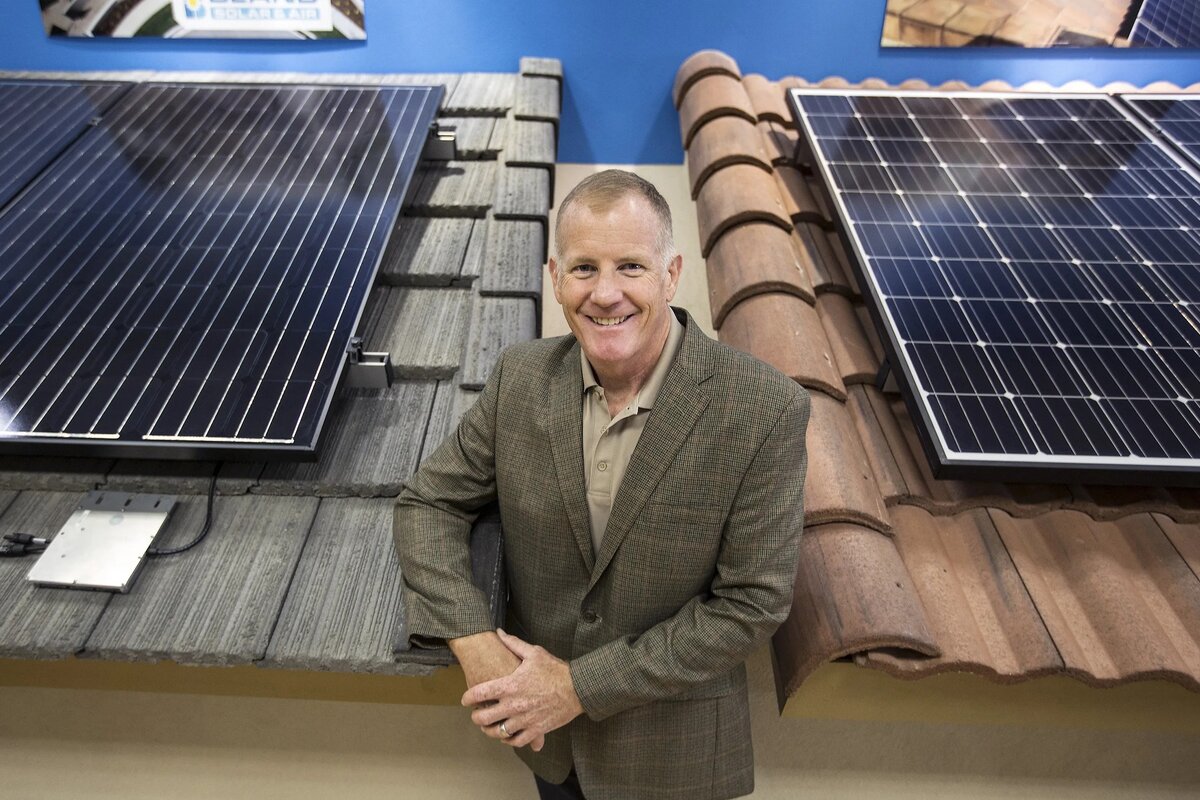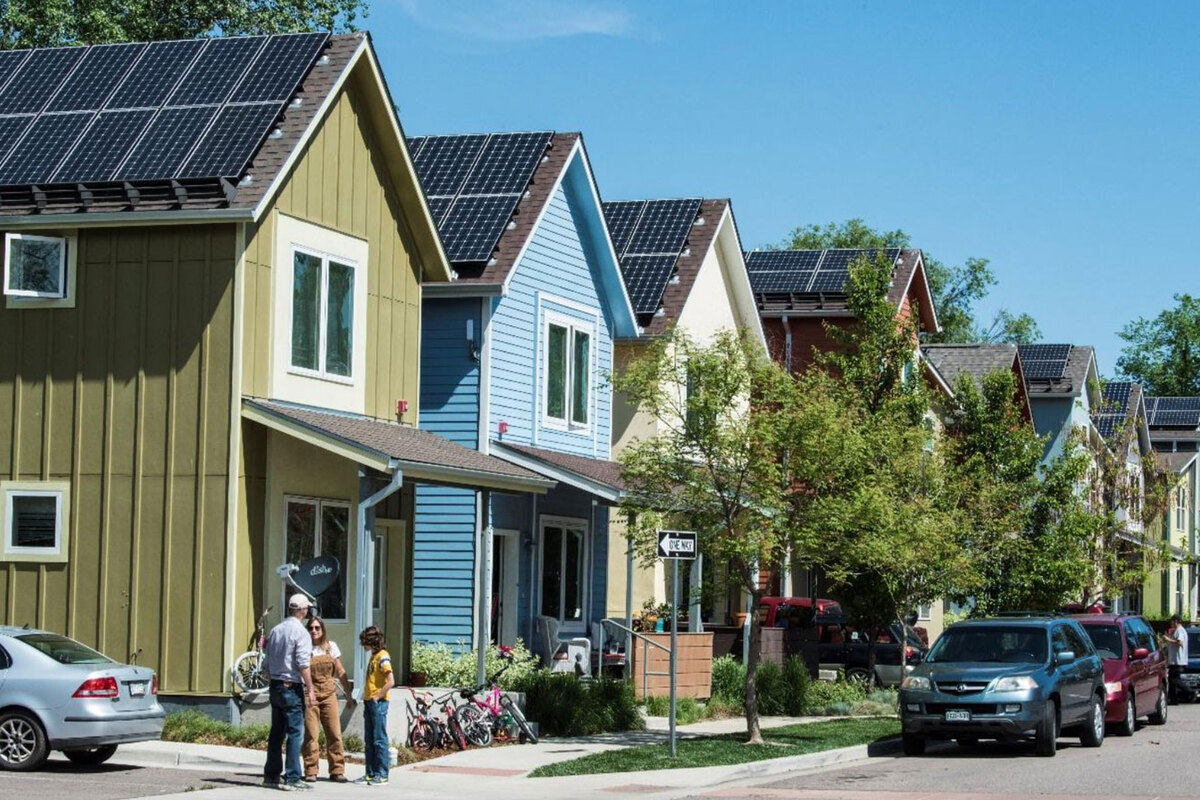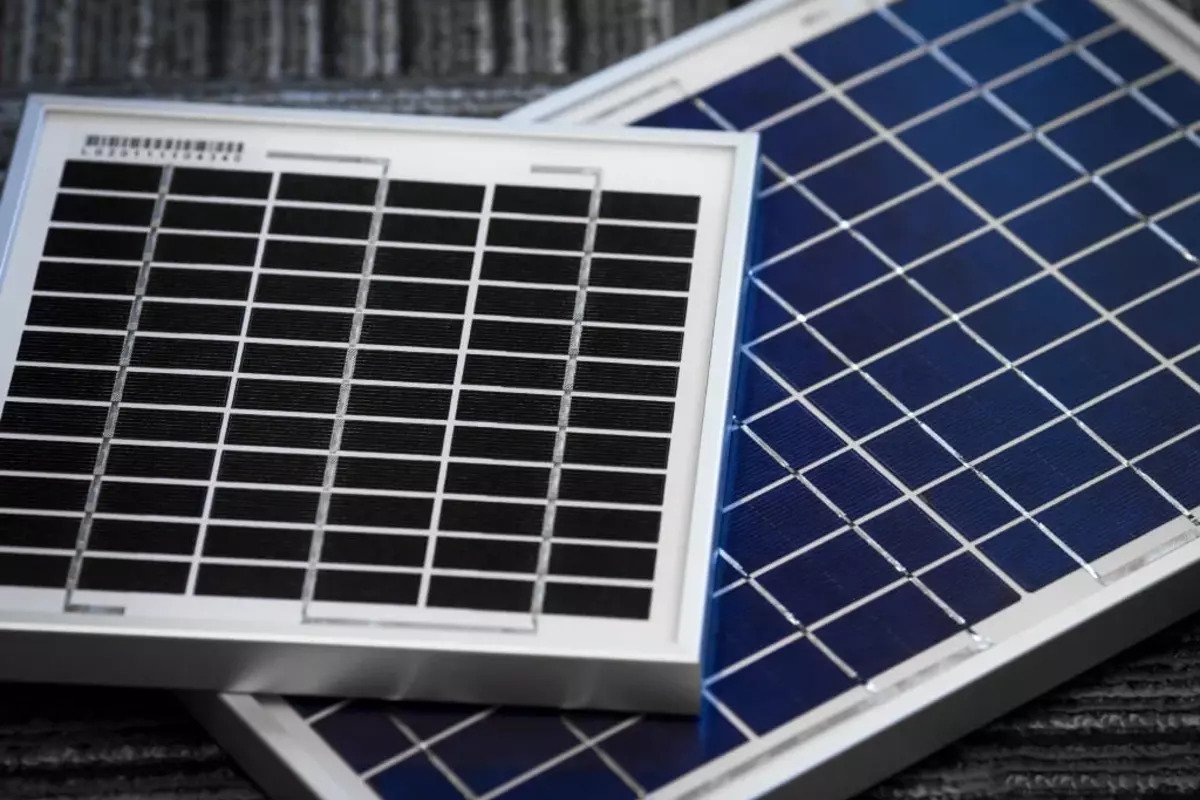These days, transitioning to cutting-edge solar panels for your house has become increasingly accessible. Thanks to solar tax credits and rebates that incentivize solar energy adoption, the renewable energy sector is rapidly expanding. It’s no surprise that numerous individuals are opting for home solar panels to energize their residences.
To help you with this, we’ve conducted a thorough assessment of the leading solar panels in the market. Let’s look at what they are.
Top 5 Solar Panels this 2023
The year 2023 has brought forth remarkable advancements in solar panel technology, and we’ve identified the top five options for homeowners seeking efficient and reliable solar solutions:
- SunPower – Recognized as the best overall choice, SunPower stands out for its exceptional performance and durability.
- Panasonic Solar – Ideal for warm climates, Panasonic Solar panels are tailored to maximize efficiency in sun-rich environments.
- Q CELLS – This brand has gained immense popularity, solidifying its reputation as the most sought-after solar panel option.
- Canadian Solar – Offering the best value, Canadian Solar panels provide a cost-effective yet dependable solution for homeowners.
- REC Solar – Renowned for their impressive power output, REC Solar panels deliver unparalleled strength and performance.
As the solar energy landscape continues to evolve, these top-tier solar panels offer diverse benefits to cater to various homeowner needs
Why Solar Power is Getting More Popular

In 2023, the surge in solar energy adoption is propelled by its compelling financial and environmental advantages.
Solar panel installation has emerged as a financially astute choice for both residences and businesses, owing to a significant reduction in panel costs over the past decade. This enhanced affordability has democratized sustainable technology, allowing more individuals to experience savings on their energy bills while potentially benefiting from regional incentives and tax credits.
Additionally, the panels often yield returns on investment within around ten years, leading to long-term savings and, in some cases, virtually free electricity in subsequent years.
A recent Forbes Home survey unveiled that 19% of Americans have already integrated solar panels or are actively in the process. Intriguingly, within the remaining 81% of respondents, 48% expressed strong intent to install a solar energy system in the near future.
This remarkable level of interest underscores the growing recognition of solar power’s advantages and its widespread appeal among homeowners.
How Efficient are They
Solar panel efficiency is gauged by the amount of sunlight captured and converted into either electrical or thermal energy.
In the past, the average efficiency stood around 15%. However, advancements in photovoltaic technology have propelled current solar panel efficiency to a range of 15% to 22%, with high-efficiency panels reaching nearly 23%.
This progress has led to the typical power rating of a panel to be around 370W, a substantial improvement from the previous 250W. Solar panel efficiency hinges on two key aspects:
- Panel Efficiency – PV cell efficiency is shaped by cell design and silicon type. Meanwhile, total panel efficiency draws from factors like cell layout, configuration, and the size of the solar panel.
- Cell Efficiency – Total panel efficiency is calculated by dividing the maximum power rating under standard test conditions by the overall area of the panels, measured in meters.




